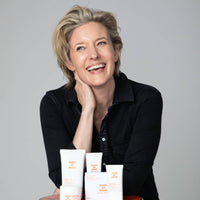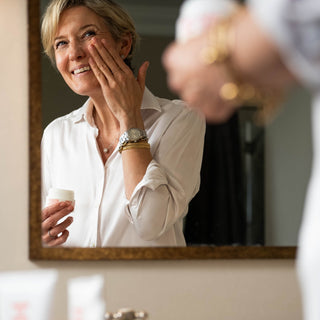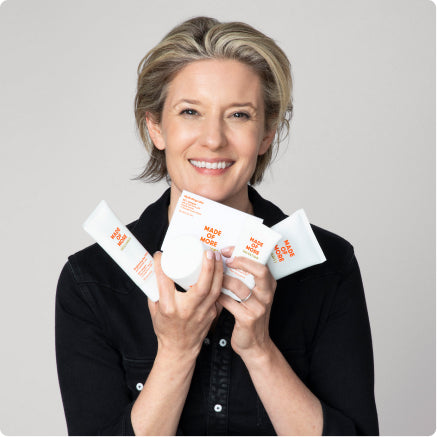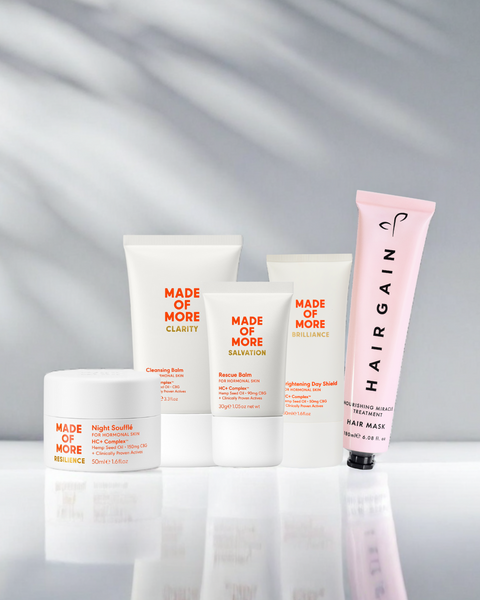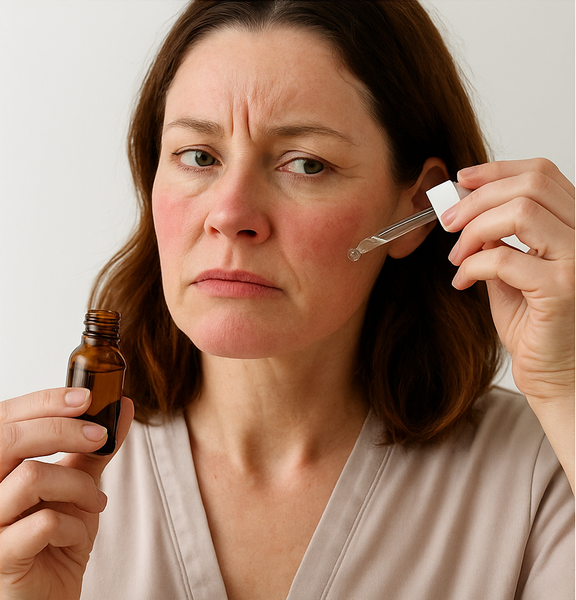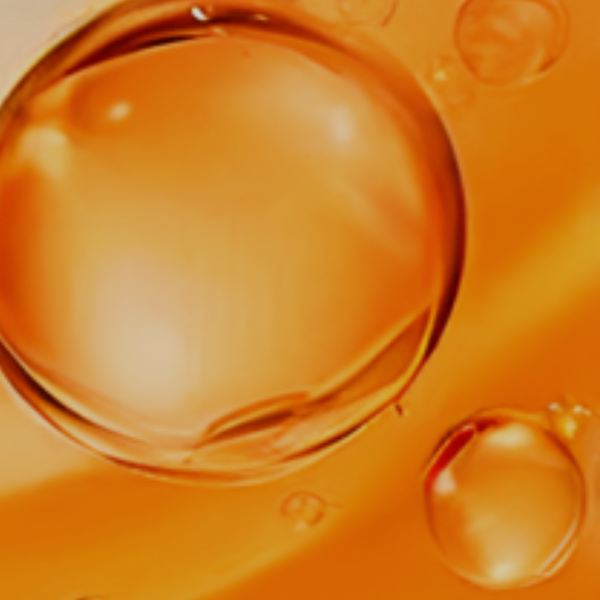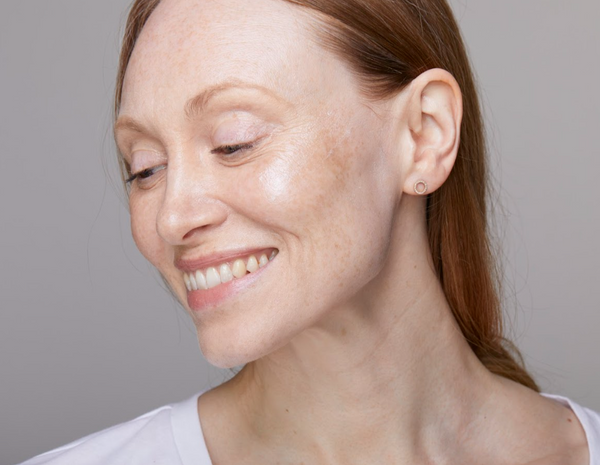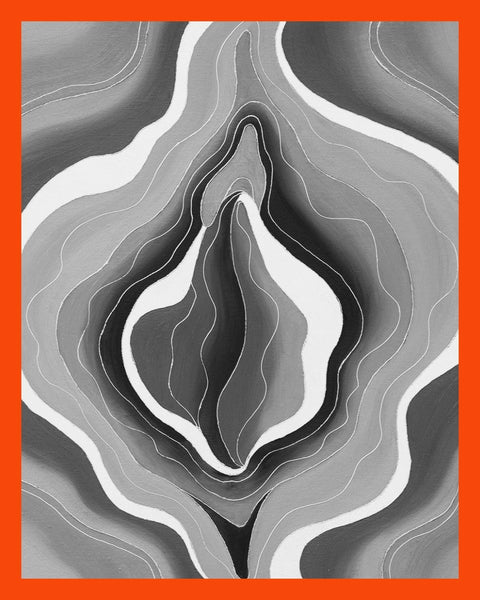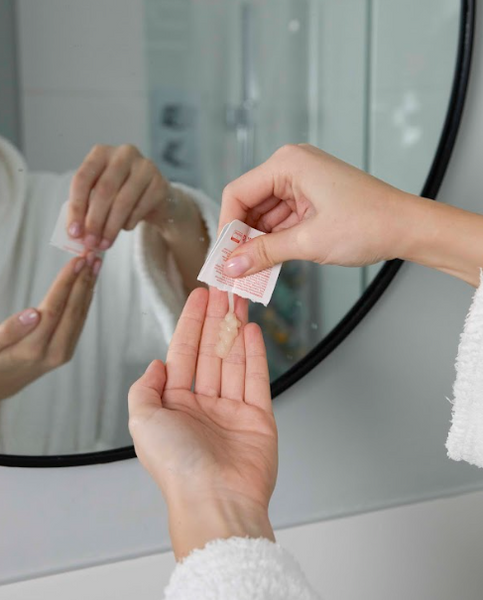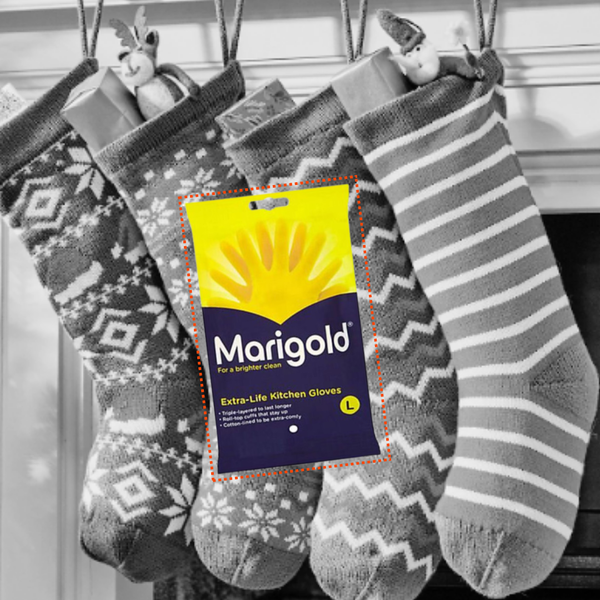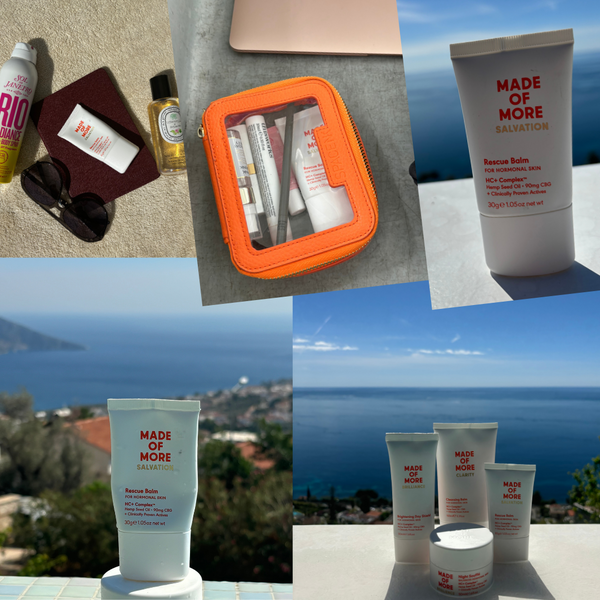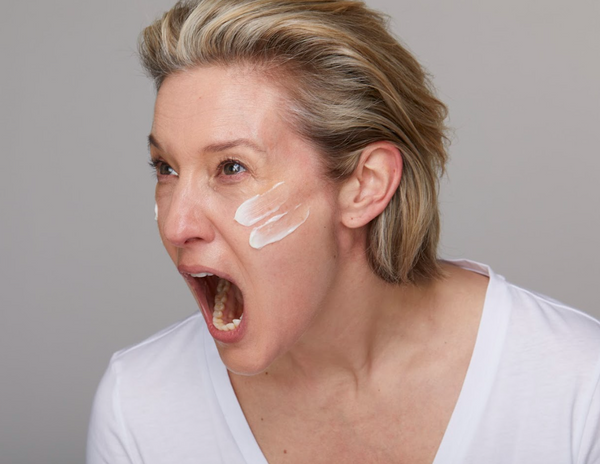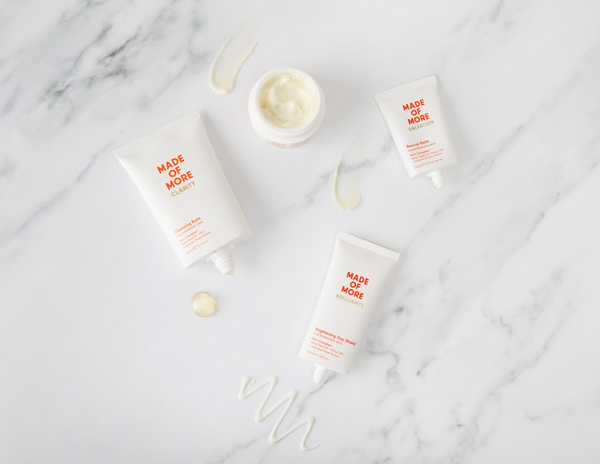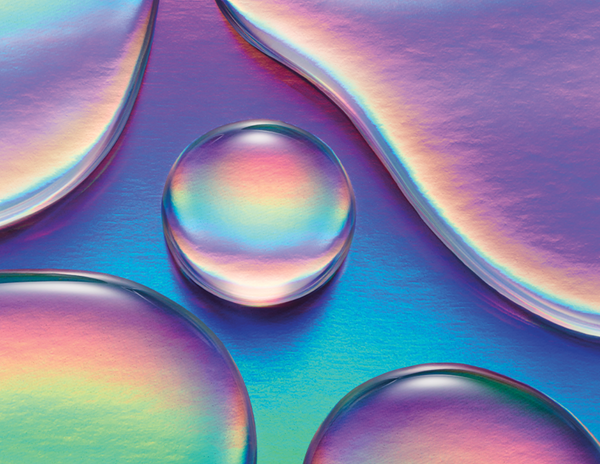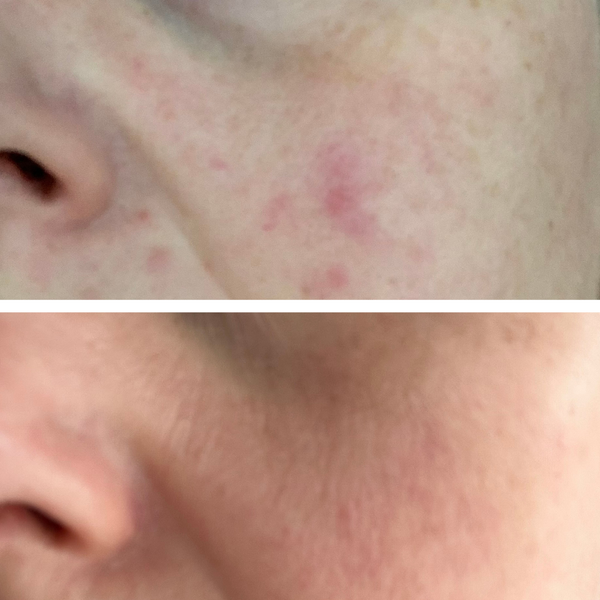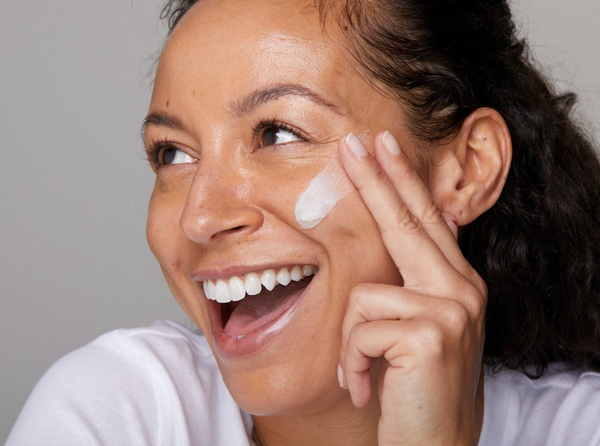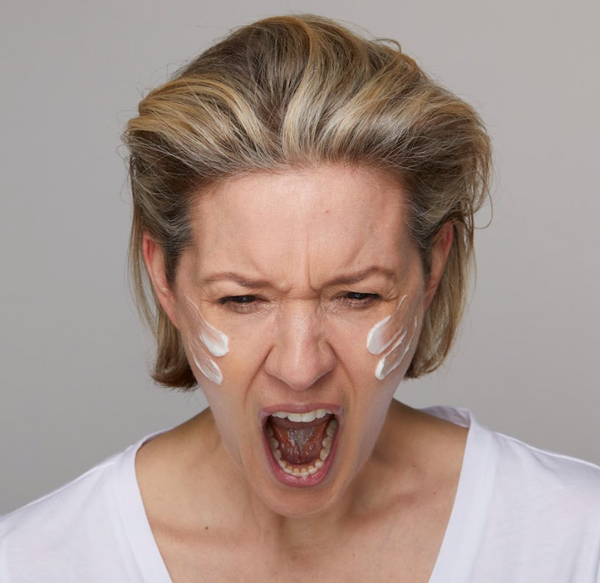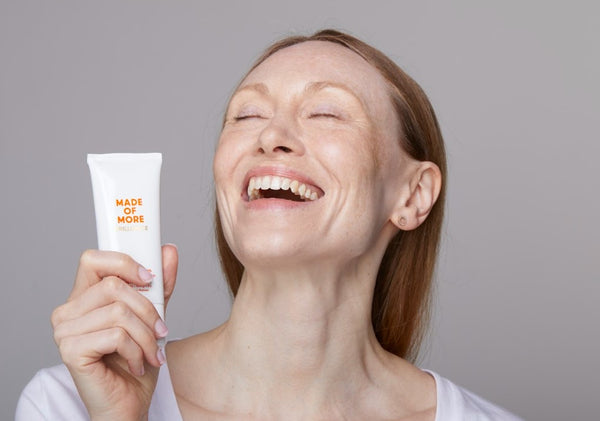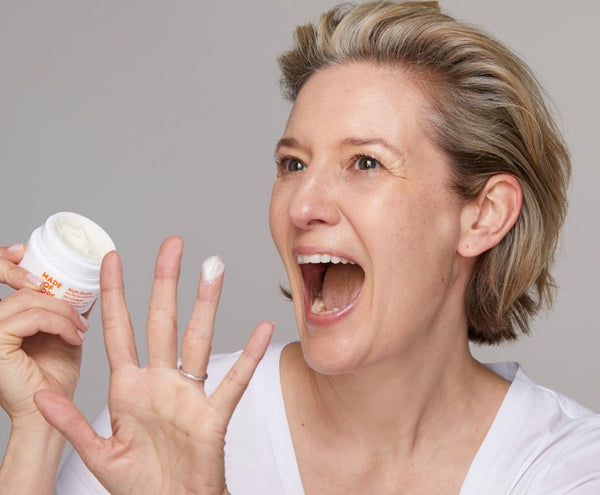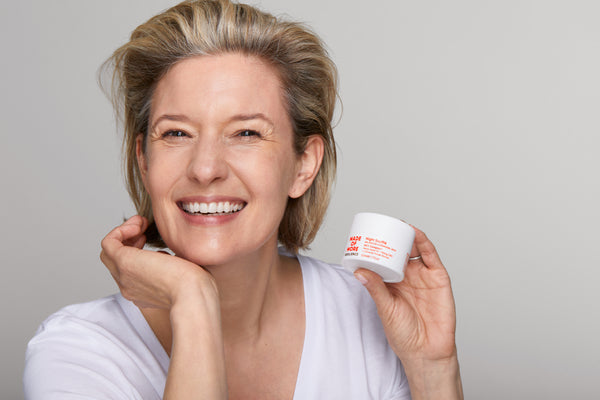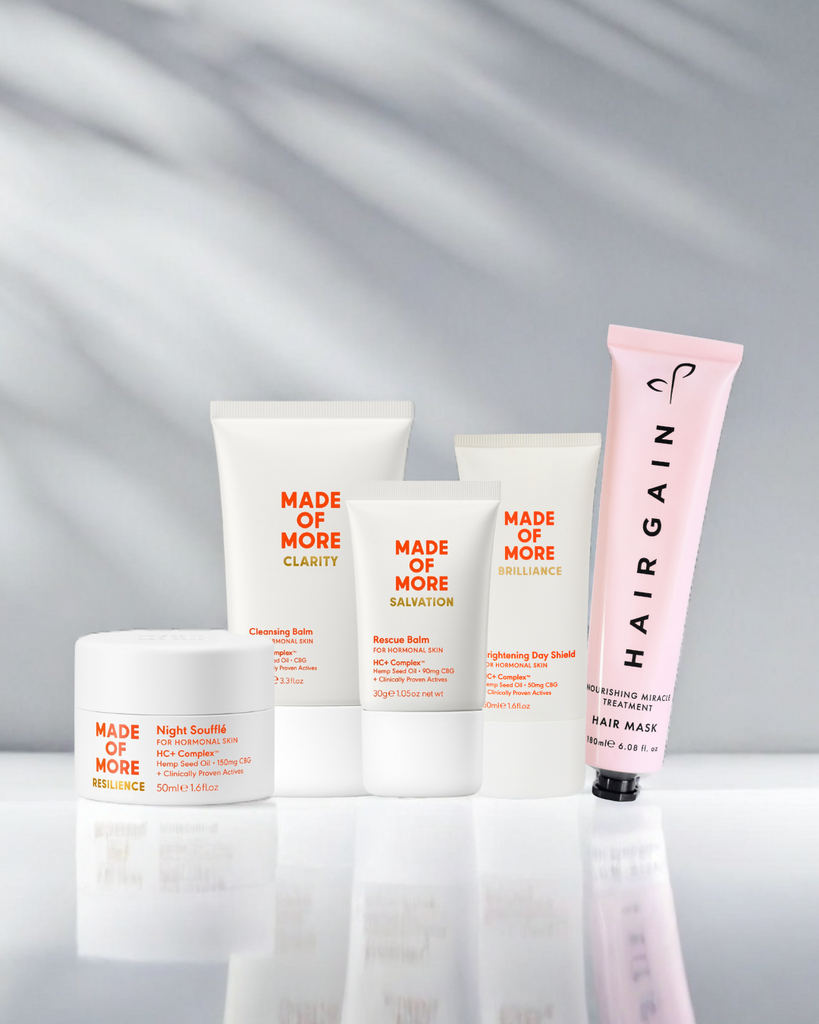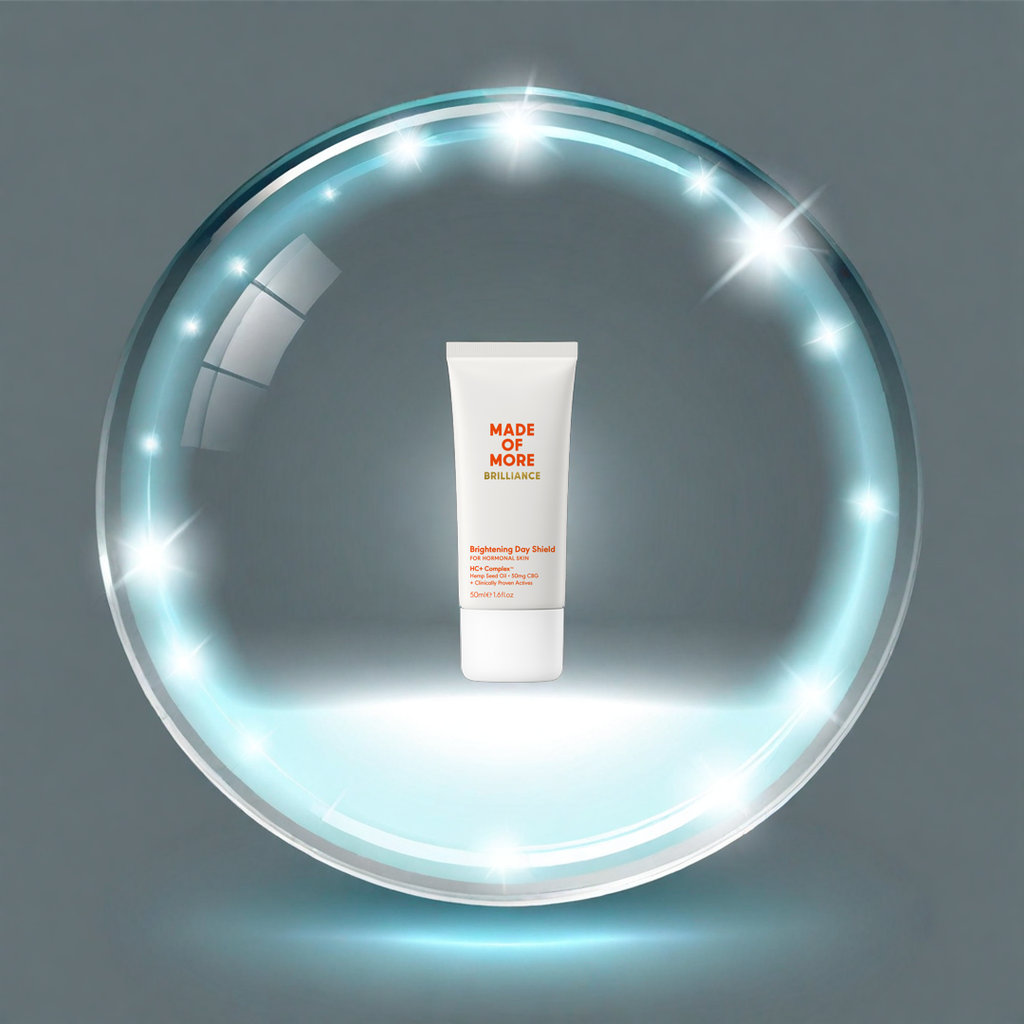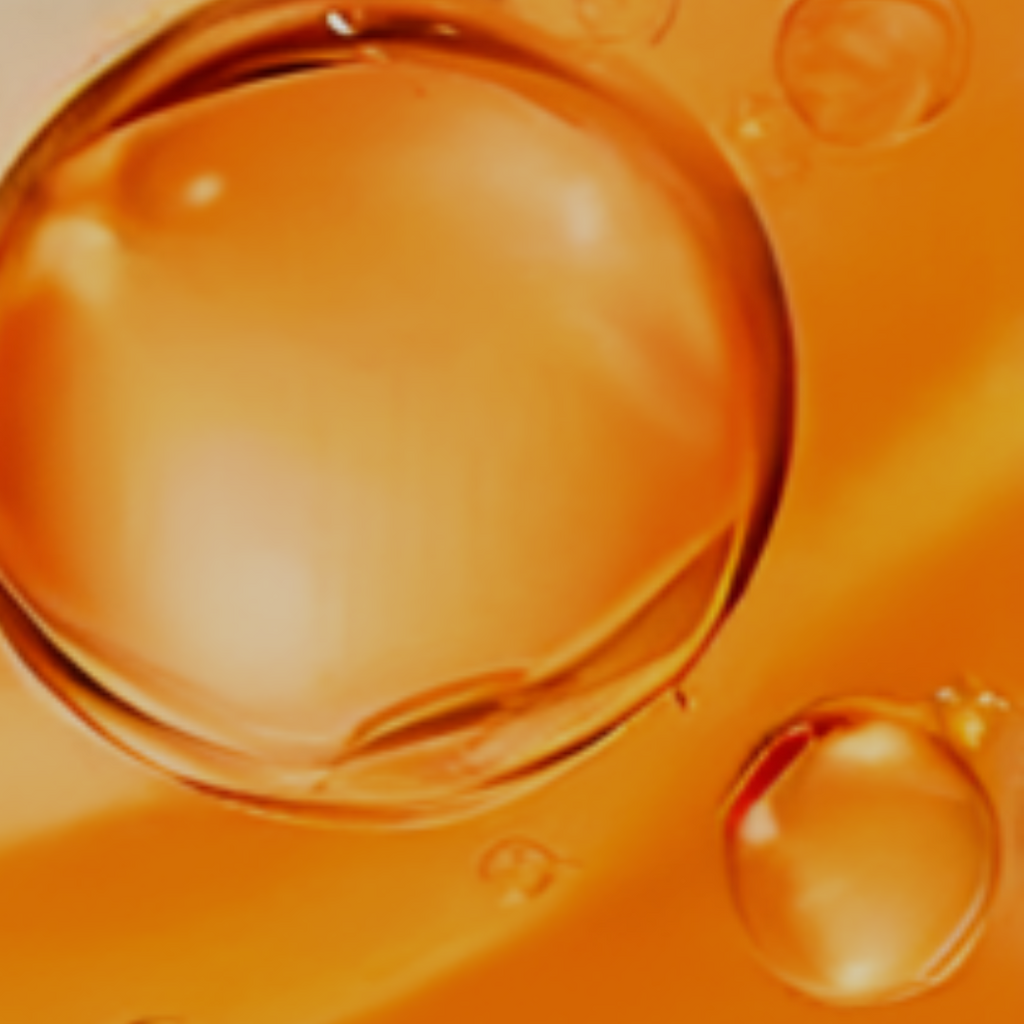Common Skin Concerns During the Seasonal Shift
Pigmentation and Sun Damage:
After a summer of sun exposure, even with diligent use of sunscreen, you may notice an increase in pigmentation. Sunspots and melasma can become more pronounced, particularly if your skin is already sensitive due to hormonal fluctuations.
Mole Concerns:
With increased sun exposure, there’s also the potential for changes in moles or the development of new ones. It’s important to monitor these changes and consult a doctor or dermatologist if you notice any irregularities.
Dryness and Rough Texture:
The shift from humid summer air to drier, cooler autumn weather can leave your skin feeling parched and rough. Hormonal changes can exacerbate this, leading to an increase in dry patches and a rougher skin texture.
Redness and Irritation:
Sun exposure, heat, and humidity can leave your skin sensitive and more prone to redness and irritation. As the temperature drops, the reduced humidity can further strip the skin of moisture, intensifying this irritation.
Tips for Managing Transitioning Seasonal Skin:
Treat Pigmentation with Gentle Exfoliation and Brightening Agents:
Incorporate gentle exfoliation into your routine to help fade pigmentation and improve skin texture. Look for products containing alpha hydroxy acids (AHAs) like lactic acid, which can help remove dead skin cells without causing excessive irritation. A brightening agent like CBG which is high in antioxidants can also help reduce the appearance of dark spots and even out your skin tone. Top tip – try the Clarity Cleansing Balm.
Monitor Moles and Protect Your Skin:
Perform regular self-exams to monitor any changes in your moles. Remember the ABCDEs: Asymmetry, Border irregularity, Colour variation, Diameter larger than a pencil eraser, and Evolving size, shape, or colour. Continue to protect your skin from UV rays with a broad- spectrum SPF of 30 or higher, even in autumn.
Combat Dryness with Hydrating Ingredients:
Swap lightweight summer moisturisers for richer, hydrating formulas. Look for ingredients including ceramides: Sphinox Lift and Ceramide IIIB which help balance skin tone, retain moisture in the skin and overall strengthen a weakened skin barrier. Top tip - Try the Resilience Night Soufflé.
Soothe Redness and Irritation:
Opt for soothing, anti-inflammatory ingredients like aloe vera, chamomile, and green tea extract to calm irritated skin. Avoid harsh exfoliants or overly active ingredients that can exacerbate redness. If your skin feels particularly sensitive, consider incorporating a barrier- repair balm with ceramides to help restore and strengthen your skin’s natural barrier. Top tip- Try the Salvation Rescue Balm.
Maintain a Healthy Skin Barrier:
As the weather changes, your skin’s barrier may need additional support. Avoid over- cleansing and choose a gentle, non-stripping cleanser to maintain the skin’s natural oils. Adding an occlusive balm to your routine can also provide the extra nourishment needed to keep your skin soft and supple. Top tip - Try the Salvation Rescue Balm.
Embracing the Change
Transitioning your skincare routine from summer to autumn doesn’t have to be
overwhelming. By understanding the specific needs of hormonal and peri-menopausal skin, you can take proactive steps to address concerns and maintain a healthy, glowing complexion. With the right care, your skin can navigate this seasonal shift with resilience and grace.

